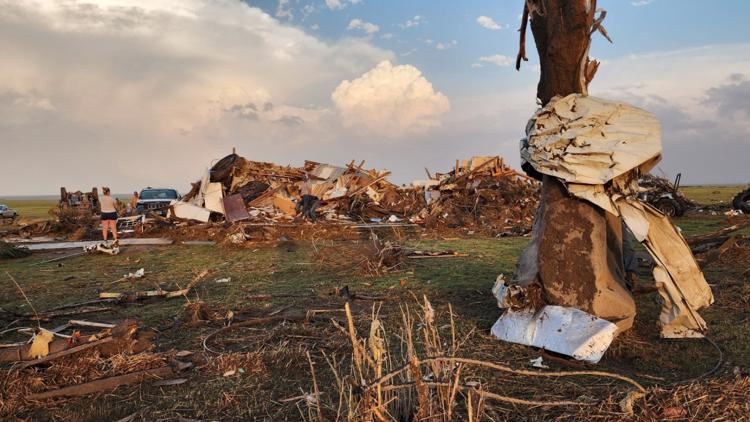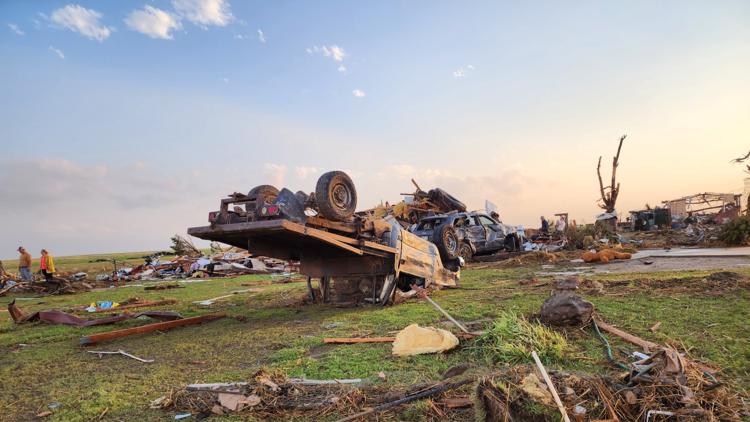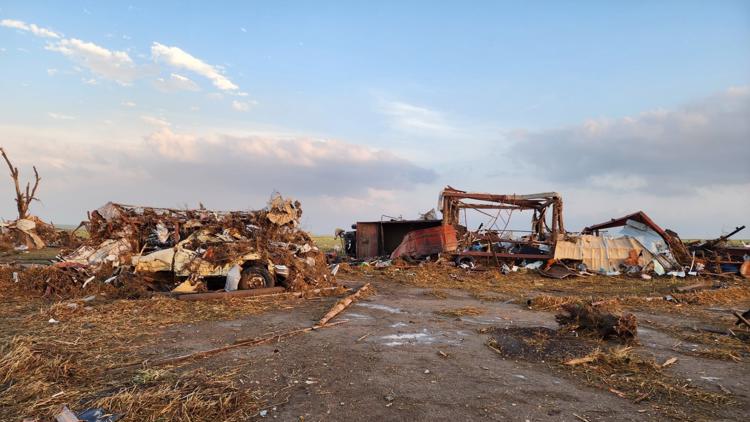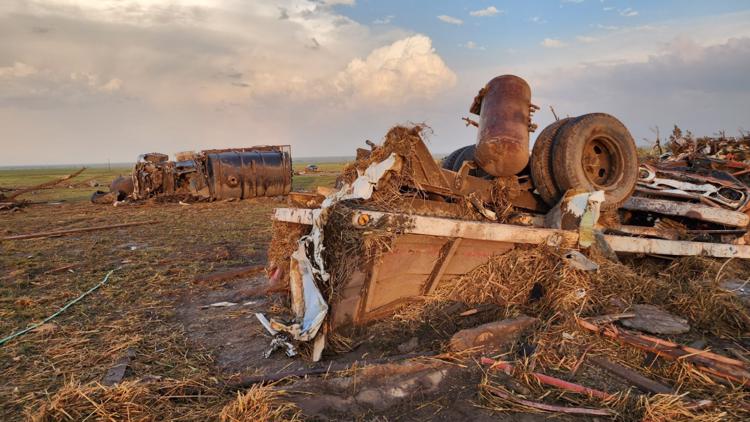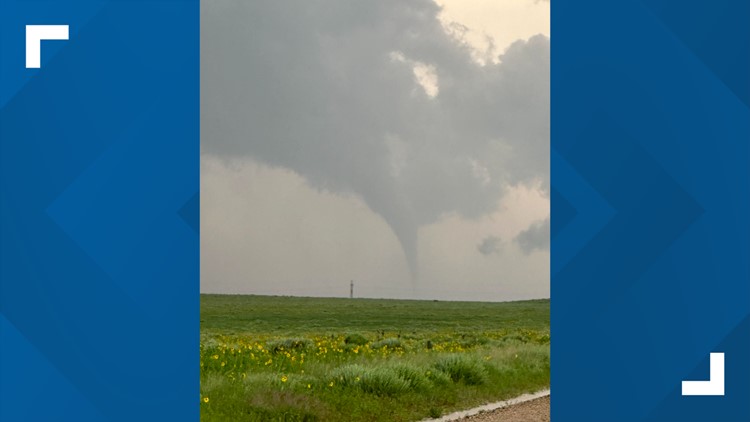FORT COLLINS, Colo. — If you've been in Colorado this spring, you understand the importance of forecasting thunderstorms.
And as our climate changes, understanding those storms will be critical in protecting property and lives.
"The number of billion dollar extreme weather events is increasing quite a bit, even just over the last 40 years... and over 65% of those events are directly connected to thunderstorms," said Kristen Rasmussen, a professor of atmospheric science at Colorado State University (CSU).
Rasmussen is part of a team of researchers at CSU that is leading a NASA mission that will give us a never-seen-before glimpse into a thunderstorm.
"It may give us some information on maybe how thunderstorms may change in a future warming climate," she said.
The mission is called the Investigation of Convective Updrafts or INCUS.
Susan van den Heever is the principal investigator on the mission, Rasmussen is co-investigator.
"The goal of INCUS is to understand why, when, and where tropical thunderstorms form, and also why only some of those storms produce extreme weather," said Rasmussen.
Three small satellites, each about the size of a microwave, will specifically track how storms develop.
"By understanding rapid changes in thunderstorms and how they vary around the globe, we can understand how well our models are doing, for example, for predicting our weather," she said.

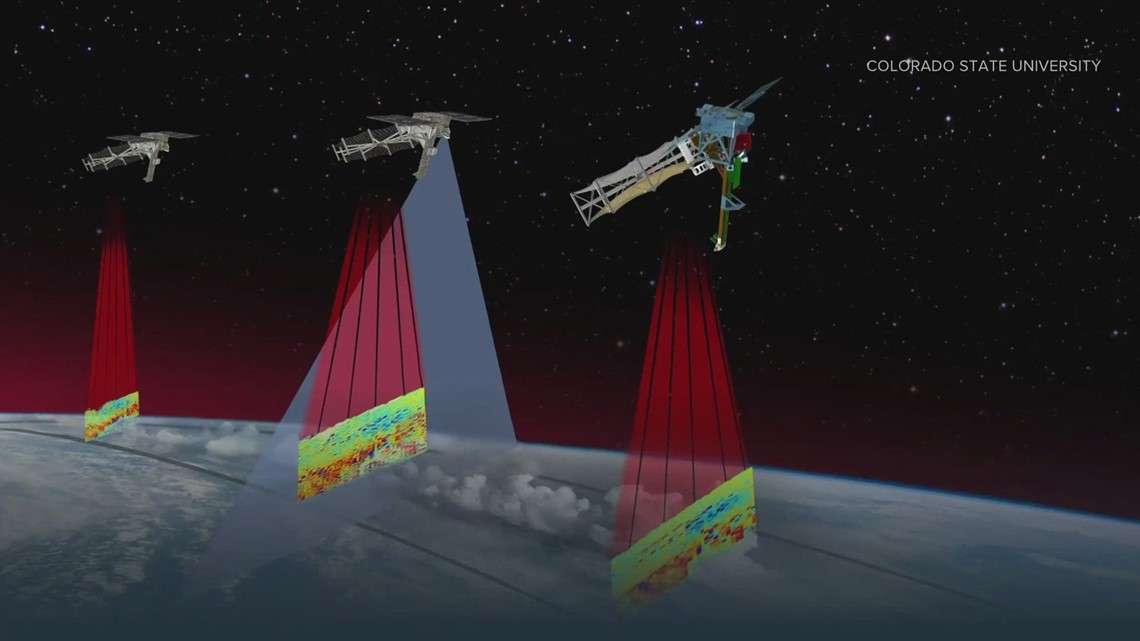
The three satellites are being built by companies in Colorado.
Louisville-based space company Tendeg is working on the radar equipment. The company is building a deployable antenna that will allow the team to launch a very small satellite into space and then deploy that antenna for the radars once it's up in space.
Lafayette-based Blue Canyon Technologies is building the spacecraft bus that the NASA-built equipment will sit on. Once assembled the satellites will be moved to a launch site and eventually into space.
Because the satellites are so small, the cost of the mission will be much less than others before it. It will cost about $177 million, which is a fraction of the cost to launch larger instruments into space.
The researchers are looking at a launch date in 2027.
SUGGESTED VIDEOS: 9NEWS Mornings
Tornado in southeast Colorado
> Top stories curated daily just for you! Sign up for the 9NEWSLETTER to get can’t-miss stories, Next and Broncos content, weather and more delivered right to your inbox.
MORE WAYS TO GET 9NEWS
Subscribe to our daily 9NEWSLETTER
Download the 9NEWS APP
iTunes: http://on9news.tv/itunes
Google Play: http://on9news.tv/1lWnC5n
HOW TO ADD THE 9NEWS APP TO YOUR STREAMING DEVICE
ROKU: add the channel from the ROKU store or by searching for KUSA.
For both Apple TV and Fire TV, search for "9news" to find the free app to add to your account. Another option for Fire TV is to have the app delivered directly to your Fire TV through Amazon.



